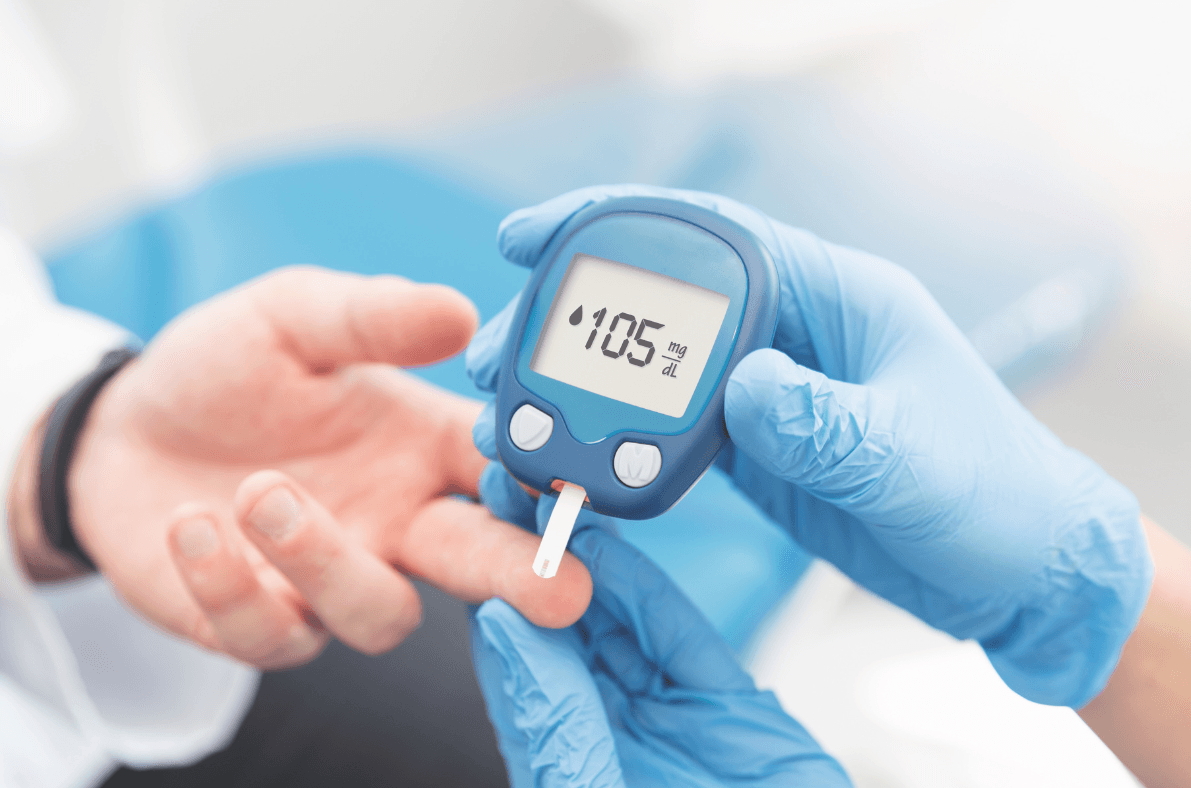It’s normal to have moles, but sometimes they can become dangerous. That innocent looking dark mark could be a sign of skin cancer, so checking your moles every few months is essential. If you have a history of melanoma, check even more often. If you notice anything different, check with your doctor.
Here’s when you need to get a mole checked.
What Normal Moles Look Like
There is no one look for moles. They may be any colour from skin tone to a range of browns or even black. While most are flat, some are raised and soft to the touch. However, normal moles should be evenly coloured and will have smooth edges - it’s when changes appear that you should be mindful and seek a professional opinion.
When to Talk to a Doctor
When should you consider seeing a doctor about a mole? Here are the signs you need to get it checked:
● A new mole appears. If you’re an adult and develop a new mole, you should have it checked out.
● The mole changes. Changing shape, colour, or size could mean that the mole is possibly evolving into melanoma.
● The mole has irregular edges. If the mole doesn’t look right, has uneven colours, pink spots, or the edges aren’t defined and even, you should talk to a doctor about it.
● The mole is itchy or bleeding. Any mole that becomes painful or itches should be checked out. This is especially true if you notice it is bleeding. This may occur without any outside factors, or it may be from scratching it. Either way, a mole shouldn’t bleed normally.
It can be difficult to tell a regular mole from a dangerous one, so if you have any concerns about a spot on your skin, it’s best to show it to a dermatologist. They will be able to tell you if there’s cause for concern or not. From there, you may take the recommended steps to either remove the mole or determine if it is cancerous.
Online Dermatological Advice
If you’re looking for a skin specialist but aren’t ready or able to get to a clinic, you can get online advice from a dermatologist. This allows you to see a doctor without leaving your home and will reassure you if you’re worried about a mole. The doctor will examine your symptoms and photos of the mole and can discuss the options for treatment if needed.
Are you looking for a qualified skin specialist to look at your worrisome moles? Contact NHS GP today to book an appointment with our dermatologist.











